Jul 17, 2025 12:44 PM
DownBeat’s 73rd Annual Critics Poll: One for the Record Books
You see before you what we believe is the largest and most comprehensive Critics Poll in the history of jazz. DownBeat…
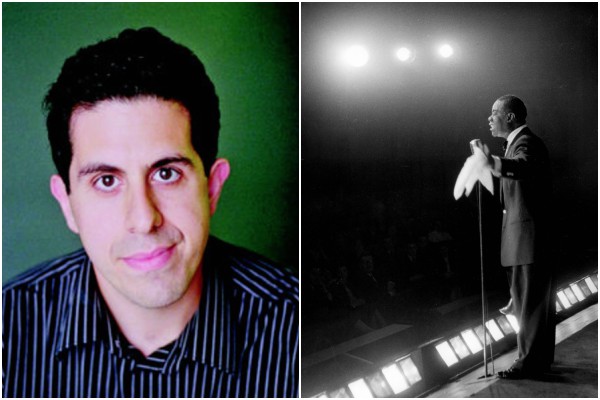
Ricky Riccardi (left) is an Armstrong scholar and archivist at Queens College. The trumpeter released the single “What A Wonderful World” in 1967.
(Photo: Courtesy Louis Armstrong House Museum/Michael Lionstar, Penguin Random House)The Louis Armstrong House Museum in Queens, New York, marks the 50th anniversary of the trumpeter’s enduring hit “What A Wonderful World” with an exhibit, 50 Years of What a Wonderful World, which runs until Oct. 16. The exhibit includes lead sheets, studio photos, recordings and bibliographical material associated with the song.
“What A Wonderful World” was released as a single in 1967, and when it was reissued as a single in 1988, it reached No. 32 on the Billboard pop charts, partially due to its inclusion on the soundtrack to the hit film Good Morning, Vietnam. For decades, this classic recording has been a staple at weddings, proms, parties and other public gatherings.
Artifacts in the exhibit were culled from Queens College, where Armstrong’s archives are housed, and which includes thousands of Armstrong’s home recordings. Dot Time Records, through an arrangement with the Louis Armstrong Educational Foundation, has launched The Louis Armstrong Legacy Series, which includes previously unreleased music from the Armstrong archives.
The first two remastered albums from the series include a live, in-studio date titled The Standard Oil Sessions, which was released last April, and a forthcoming November release, The Nightclubs. The latter includes tapes from club dates in New York City, San Francisco, Boston and Ontario, Canada. Both albums feature different versions of Armstrong’s All-Stars, including trombonists Jack Teagarden and Trummy Young, pianist Earl Hines, bassist Arvell Shaw, clarinetist Edmond Hall, drummers Barrett Deems and Cozy Cole and bassist Milt Hinton. Two more volumes in the Legacy Series are scheduled for release in 2018.
DownBeat caught up with archivist Ricky Riccardi—the House Museum’s Director of Research Collections and the author of What a Wonderful World: The Magic of Louis Armstrong’s Later Years—who wrote the liner notes to the individual Legacy albums and the four-CD, Limited Collector’s Edition.
What is its backstory of the song “What A Wonderful World”?
In 1967, Bob Thiele, who was the chief A&R guy at ABC Records, was watching the news, looking at the Vietnam War, the race riots … and the light bulb goes off, and he says, “You know what? We need a healing sound, a beautiful ballad. We need Louis Armstrong!” So Thiele hires George David Weiss, a great songwriter who wrote “Can’t Help Falling In Love” for Elvis Presley. And he hires an arranger, Tommy Goodman, who wrote an elaborate orchestration. So they put together “What A Wonderful World,” and they presented it to Armstrong. His first reaction was not a positive one, because the melody bared a striking resemblance to “Twinkle, Twinkle, Little Star.” But the lyrics really resonated with him because they took him right to his neighborhood in Corona, Queens, where he saw three generations [of children] grow up on his block.
They recorded it on Aug. 16, and released it on Sept. 23, 1967. Larry Newton, the president of ABC Records, felt that the recording was a huge mistake, and gave it no promotion whatsoever. But in 1968, the song took off in the overseas market. So Thiele re-released it in America. But once again, there was no push, and the song remained underground in the United States. Armstrong performed it every night until he passed away.
Then in 1988, the producers of the film Good Morning, Vietnam included the song on the film’s soundtrack, and Herb Alpert’s A&M Records released it as a single. Louis Armstrong was back on the pop charts, 17 years after he died. The original album was re-released, it went gold, and we have it here as part of the exhibit. Now, 30 years later, it’s Armstrong’s most iconic song.
You mentioned that Armstrong loved the lyrics because it reminded him of his neighborhood in Queens—which is considered one of the most racially and ethnically diverse communities in the United States.
The song is Armstrong’s love letter to Queens. When he moved into Corona in 1943, the neighborhood was a mixture of African-American, Irish and Italian [residents], and everyone got along. We have photos of Louis with white children, with black children and with white and black children. … He talked about New Orleans being a disgustingly segregated city. So, by the ’60s, Armstrong viewed himself as a New Yorker.
People ask us all the time, “Why is the museum in New York, and Queens in particular?” Because it represented Armstrong’s worldview: He was an ambassador of goodwill. To him, the world was a wonderful place.
Talk about the first two releases of Dot Time’s Louis Armstrong Legacy Series.
The first release is The Standard Oil Sessions. The [oil] company sponsored a children’s radio show called A Musical Map of America, which was broadcast to schools as learning tools. In January 1950, they did an episode, The Music of New Orleans, and they hired Armstrong and his All-Stars—Earl Hines and Jack Teagarden, when they were passing through [the Standard Oil building] in San Francisco. They surrounded them with local musicians, and they recorded live in the studio, but the broadcast tapes were never released.
They sent the acetate discs of the full, unedited songs to Armstrong, and the discs have been sitting here since 1950. The sound quality is great, and you can’t beat Armstrong, Teagarden and Hines playing “Panama,” “Muskrat Ramble” and “Struttin’ With Some Barbeque.”
The Nightclubs are tapes of radio broadcasts from various nightclubs in the ’50s, and the ones we selected are not in any discography. The album features a different version of the All-Stars with Jack Teagarden, Cozy Cole, Arvell Shaw and Barney Bigard at a short-lived Manhattan club called Bop City. We have a couple of tracks from that [gig].
And we have tracks from Club Hangover, a traditional jazz joint in San Francisco. We hear Armstrong playing “West End Blues” and “A Kiss To Build A Dream On.” Billie Holiday was in the audience, and Armstrong introduced her.
We hear “New Orleans Function,” from Club Storyville in Boston, with Trummy Young, Bigard and bassist Milt Hinton, and some incredible tracks from Basin Street in Manhattan, recorded in wonderful fidelity by Armstrong’s friend, cornetist Bobby Hackett. And we have a selection from the Brant Inn in Burlington, Ontario, featuring Young, Hall and Deems.
What do those recordings tell us about Armstrong as a musician during the ’50s?
A lot of magazine articles wrote that Armstrong was coasting, [making claims like,] He’s playing the same solos every night. He’s a shadow of what he used to be as a trumpet player. He’s clowning. He sings love songs …
But Armstrong himself said that he was playing better trumpet in the ’50s than at any time during his career! So, if anyone is still clinging to those notions, all you need to do is check out this Dot Time series: You’ll hear him improvising, playing the daylights out of the horn. … If you’re sleeping on Louis Armstrong, you’re making a grave mistake! DB
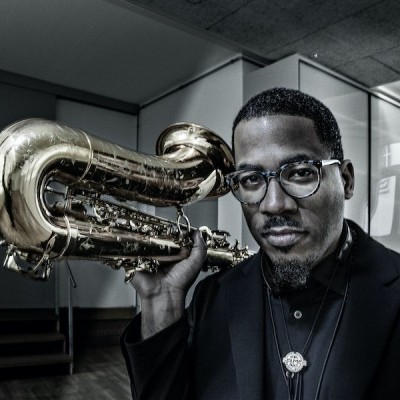
James Brandon Lewis earned honors for Artist of the Year and Tenor Saxophonist of the Year. Three of his recordings placed in the Albums of the Year category.
Jul 17, 2025 12:44 PM
You see before you what we believe is the largest and most comprehensive Critics Poll in the history of jazz. DownBeat…
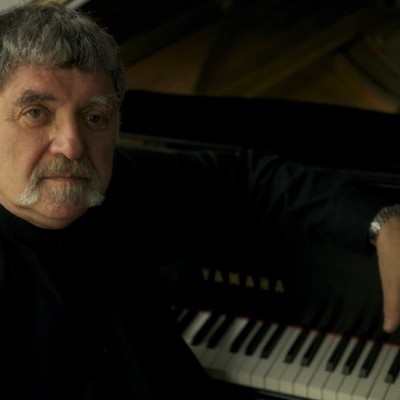
Galper was often regarded as an underrated master of his craft.
Jul 22, 2025 10:58 AM
Hal Galper, a pianist, composer and arranger who enjoyed a substantial performing career but made perhaps a deeper…
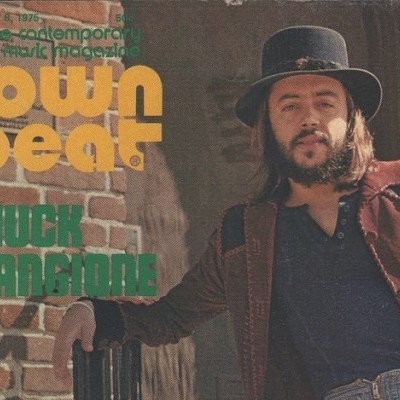
Chuck Mangione on the cover of the May 8, 1975, edition of DownBeat.
Jul 29, 2025 1:00 PM
Chuck Mangione, one of the most popular trumpeters in jazz history, passed away on July 24 at home in Rochester, New…
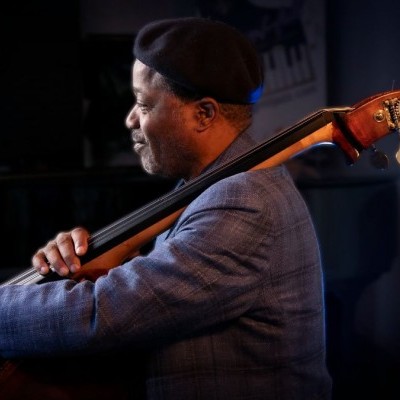
“Hamiet was one of the most underrated musicians ever,” says Whitaker of baritone saxophonist Hamiet Bluiett.
Jul 8, 2025 7:30 AM
At 56, Rodney Whitaker, professor of jazz bass and director of jazz studies at Michigan State University, is equally…
Jul 17, 2025 11:35 AM
The DownBeat Critics Poll provides a wonderful snapshot of the jazz scene today, with much to explore and many great…